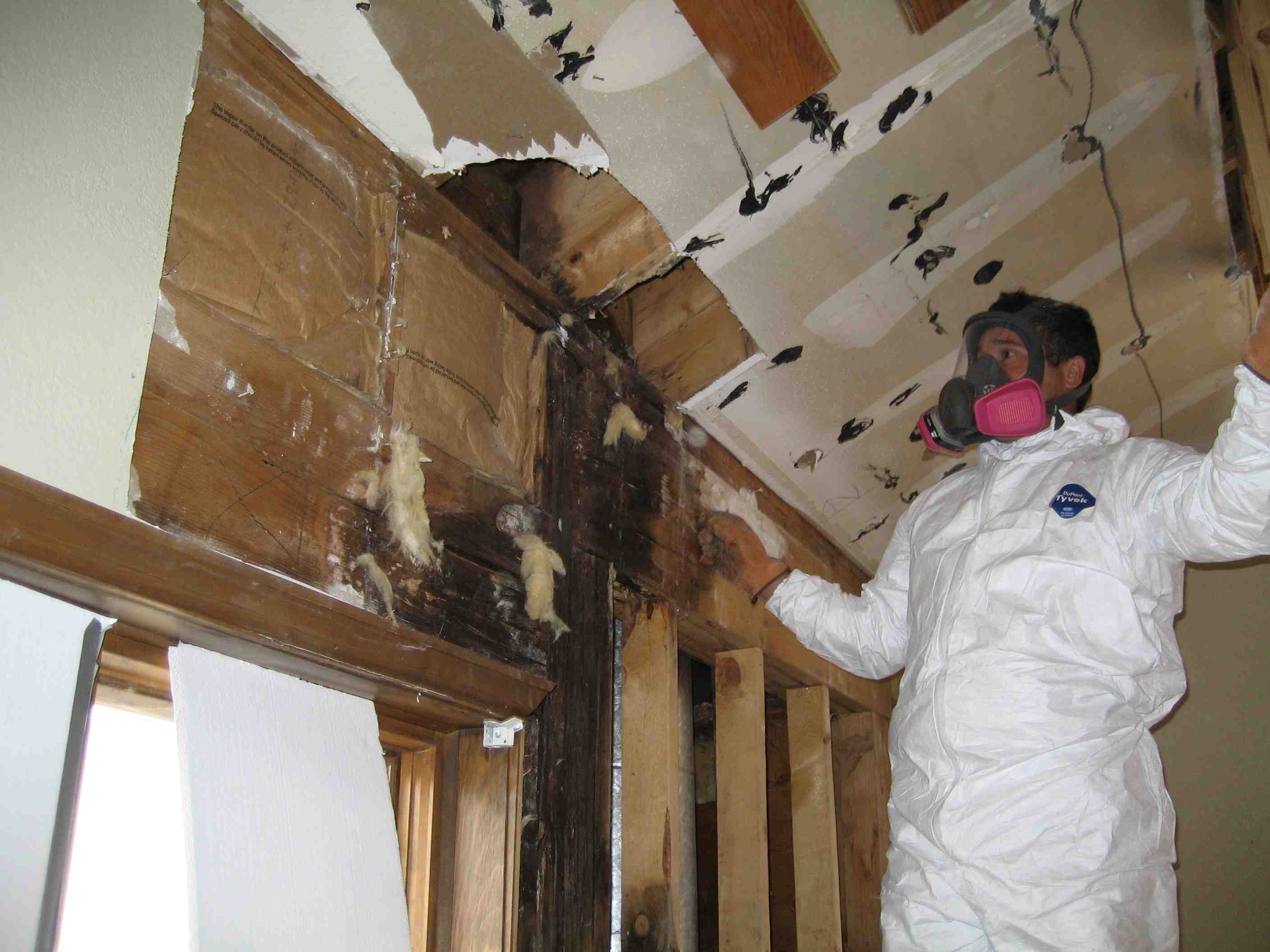Mold, a common family issue, can have far-reaching implications on our well being that always go unnoticed. From the innocuous bathe mold to the insidious hidden mold in damp corners, it's important to understand the potential well being dangers related to mildew exposure. This comprehensive information delves into the intricate details of mould, its impact on health, and preventive measures to safeguard yourself and your family members.
The Silent Intruder: Mold Explained
Mold, a kind of fungus, thrives in damp and humid environments. It reproduces by releasing tiny spores that float in the air and decide on surfaces. These spores can trigger mould progress once they discover suitable conditions—moisture, natural material, and warmth.
Health Risks Posed by Mold Exposure
While mould plays an important role in breaking down organic matter in nature, its presence indoors can have antagonistic results on well being. Mold spores, when inhaled, can result in a range of well being issues, including:
1. Respiratory Problems: Mold spores can irritate the respiratory tract, resulting in signs like coughing, sneezing, and congestion. For individuals with allergic reactions or bronchial asthma, mold publicity can exacerbate their circumstances.
2. Allergic Reactions: Some people are hypersensitive to mould allergens, experiencing allergic reactions such as skin rashes, itchy eyes, and a runny nose.
3. Mycotoxin Exposure: Certain molds produce mycotoxins—harmful substances that may have serious well being implications when inhaled or ingested. Prolonged exposure to mycotoxins can lead to extra severe signs.
4. Infections: While rare, mould may cause infections in people with weakened immune systems. These infections can affect the skin, eyes, and even the respiratory system.
5. Neurological Symptoms: Recent studies recommend a possible link between mildew publicity and neurological symptoms, although extra analysis is needed to establish a concrete connection.
Identifying Mold in Your Environment
Mold can grow anyplace with extra moisture—basements, loos, kitchens, and even hidden areas like inside walls. Keep a watch out for indicators of mould progress:
• Discoloration: Look for patches of green, black, brown, or white on walls, ceilings, or floors.
• Musty Odor: A robust, musty odor is usually an indicator of mould growth.
• Water Damage: Mold usually thrives in areas which have skilled water damage or leaks.
Preventing Mold Infestations
Prevention is the important thing to minimizing mold-related well being risks. Here are some steps you'll have the ability to take:
1. Control Moisture: Keep your home well-ventilated and dry. Use dehumidifiers if needed, particularly in damp areas like basements.
2. Visit this website : Fix any leaks or water injury immediately to forestall mildew development.

three. Regular Cleaning: Regularly clear and vacuum your own home to remove mold spores and stop buildup.
4. Proper Ventilation: Ensure correct airflow by utilizing exhaust fans in loos and kitchens.
5. Seal Cracks and Openings: Seal gaps and openings in partitions, roofs, and windows to forestall moisture infiltration.
Mold Remediation and Removal
If you uncover a big mould infestation, it's best to seek professional assist for safe and effective removing. DIY makes an attempt can disturb mildew spores, leading to increased well being risks.
Understanding the health risks linked to mildew exposure is crucial for maintaining a safe and healthy dwelling setting. By recognizing the signs of mildew development, taking preventive measures, and addressing any issues promptly, you can scale back the risks associated with mould exposure and guarantee the well-being of yourself and your family. Remember, a mold-free house contributes to a more healthy, happier life.
